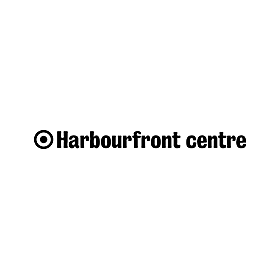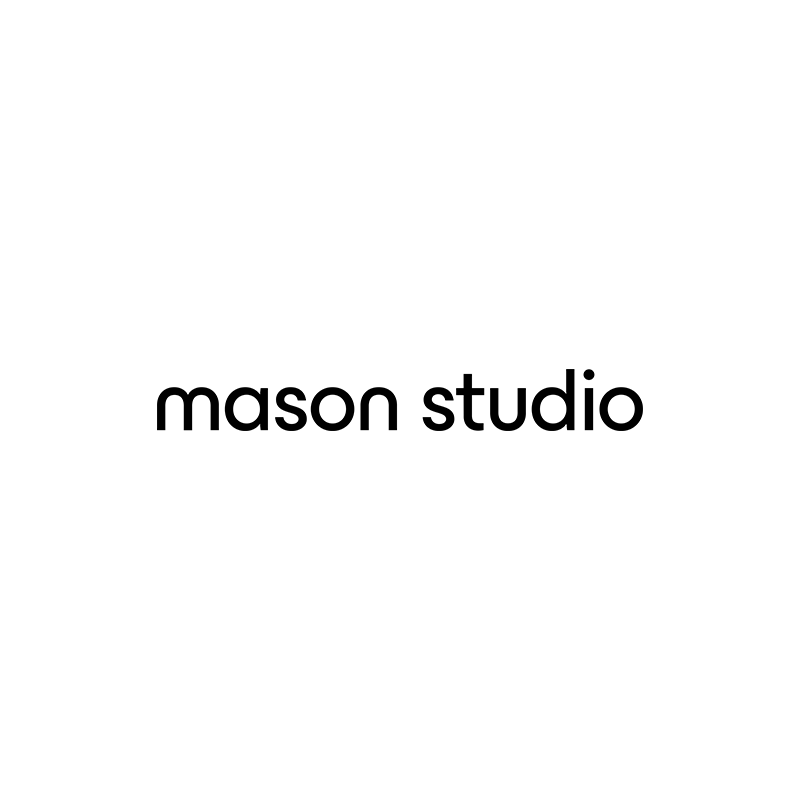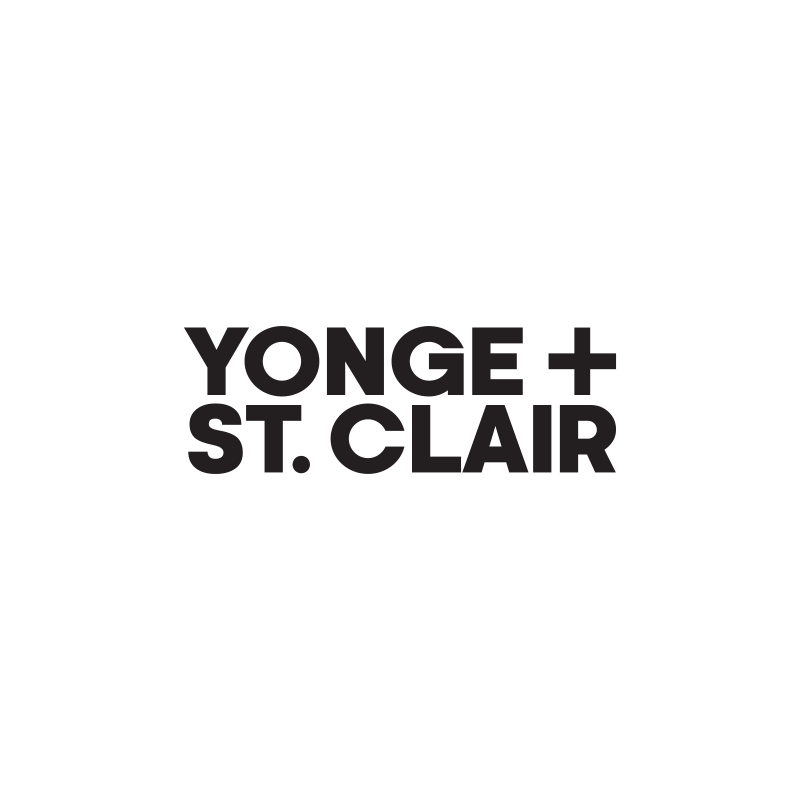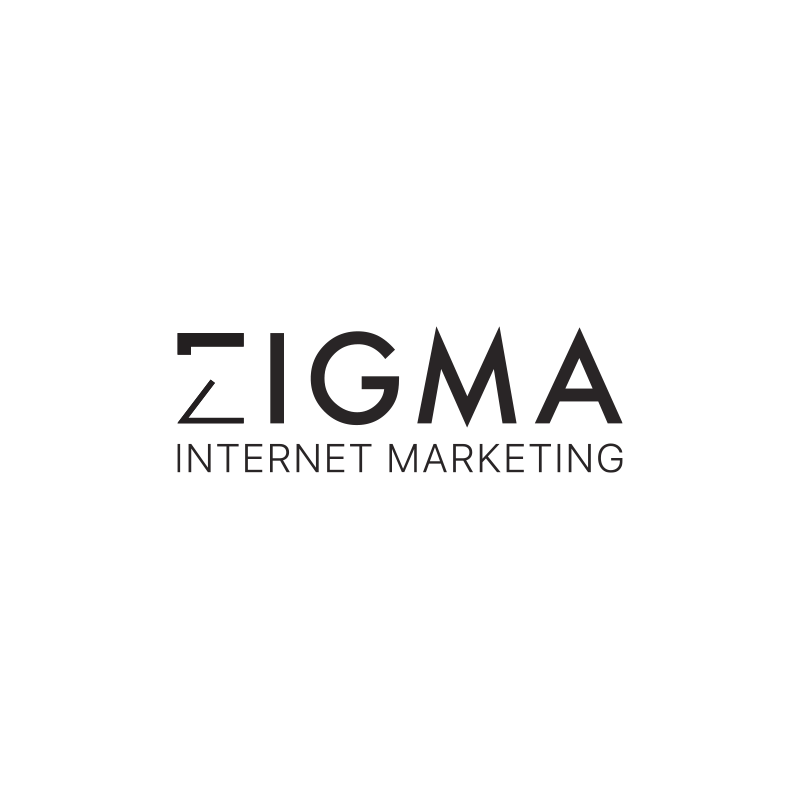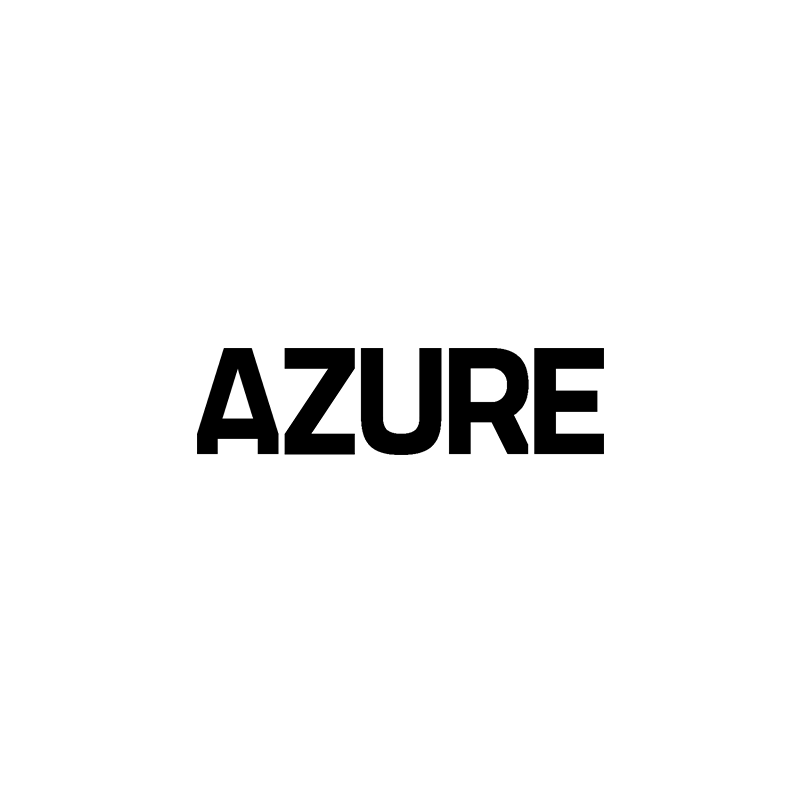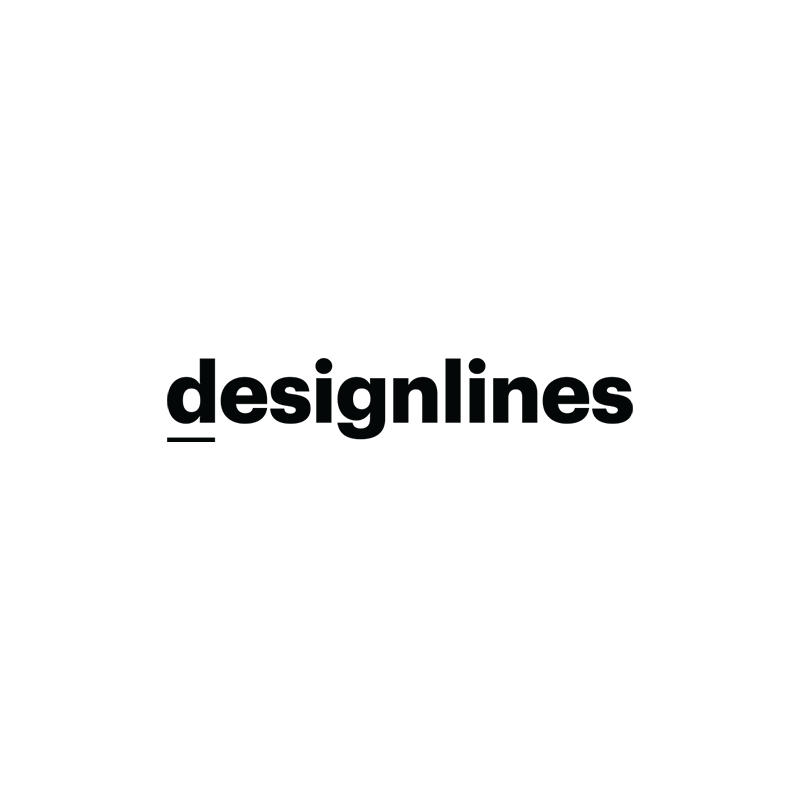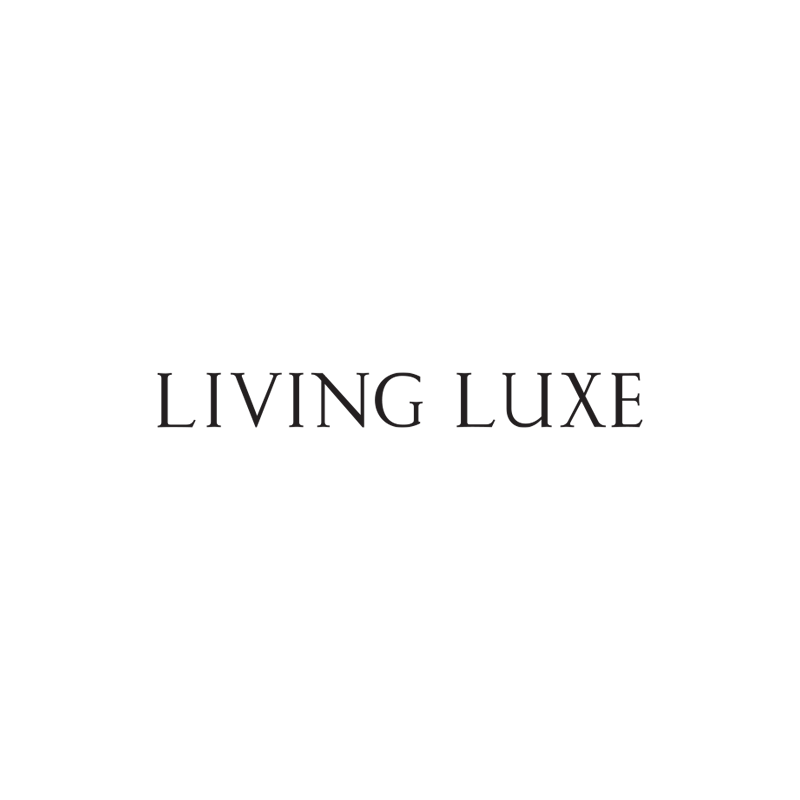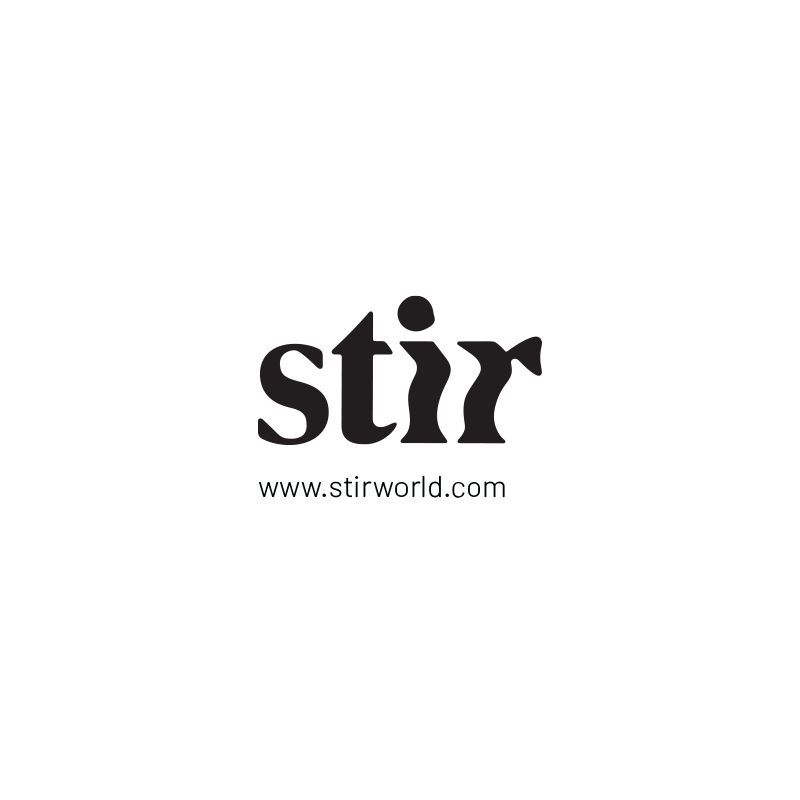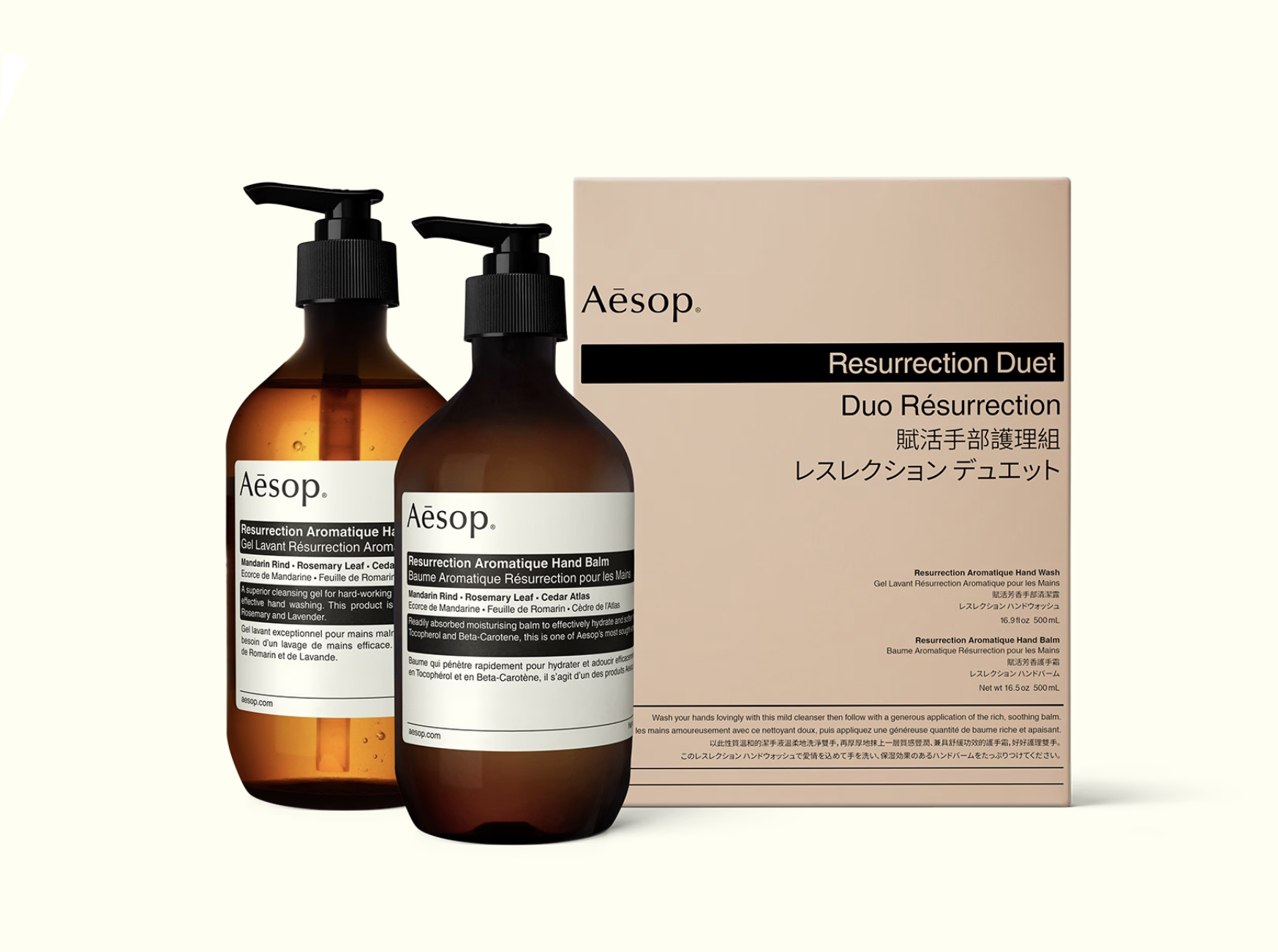

DesignTO collaborated with afternmodern.lab again to develop a new look and feel for the 2024 Festival. Created by Aaryan Pashine and Amir Khoshnevis, alongside Hwa-jin Jun, the designer behind our 2023 look and feel, this year’s visual identity draws on DesignTO’s history while looking forward to our 15th anniversary in 2025. Learn about the 2024 look and feel, Aaryan, Amir and Hwa-jin’s creative process, and more below.
Where did you draw inspiration from for this year’s look and feel?
Hwa-jin: We looked towards DesignTO’s 15th anniversary that’s coming up soon. As time progresses, one thing stays constant in the ever-changing sphere of Canadian design and art—the continuous evolution and growth of the DesignTO Festival and its artists, designers, and festival-goers. Our goal was to explore how we could incorporate past programmatic output into our illustrations and create a visual language that actively changes from piece to piece.
What did you know about DesignTO before taking on this project?
Amir and Aaryan: We were familiar with DesignTO from seeing the illustrations and posters around the city that Hwa-jin worked on. We also had the chance to talk to some of the 2023 exhibitors.

How would you describe your graphic design style?
Amir and Aaryan: The tool-making process is a critical component of our graphic design practices. We tend to let the development process define and create its own unique style. We go back and forth with iterations, surrendering agency, and letting materiality take over.
Are there any specific artists, designers or movements that inspire your work?
Amir and Aaryan: Martin Venesky, Grant Curster, Wolfgang Weingart, and Reza Abedini have all inspired both of us because of their prolific formal bodies of work, as well as their autonomous and experimental processes. We are both intrigued by other disciplines and try to expose ourselves to new perspectives while thinking of ways to incorporate them into design. Amir is more into cinema and Aaryan into architecture.
Tell us about the design process, how did you come up with the design?
Hwa-jin: With over a decade of programming under its belt, we saw a fantastic opportunity for a unique visual output built on DesignTO’s history, particularly the vast archive of photographs. How better to demonstrate DesignTO’s history, than using photography from past festivals to help build the look and feel?
We knew we wanted to make use of these photographs in some way, whether it be textures, shapes, image data, or something else. Creating a binding language is important in making a cohesive look and feel. We eventually decided to use the photographs as illustrative textures.

3-D geometric forms born from programmatic outputs were created as an illustrative base for the textures. Similar to DesignTO’s growth and evolution, the programmatic geometry is unique from illustration to illustration, ever-changing depending on what code is input.
Why did you decide to incorporate the coding elements into the design?
Hwa-jin: Incorporating coders into the creation of the look and feel was a great way to shake things up this year, providing a unique method of designing. Code is also a fun tool, especially in art and design.
Can you tell us how coding influences the look and feel?
Hwa-jin: Usually we work with illustrators who compose visuals with their own unique style, and the finished output is not a total surprise. With Amir and Aaryan, who coded the various geometries for the 2024 look and feel, I provided art direction for what the output should resemble, but ultimately the end product was totally unknown to all of us until we viewed it. There are glitches and shapes clipping into each other, which adds fascinating visual interest to otherwise simple geometric forms.
How would you describe the coding process? How did you go about creating the forms?
Amir and Aaryan: The way we like to think about design is heavily process-based, meaning we focus on the parameters of the process before having an idea of what the final outcome is going to be. This is especially challenging with conventional design tools, which is why we like to work with code.
One example of how we tried to take advantage of this quality of code was designing a motion system where forms would always be moving and interacting with each other. This aligned well with our vision for this year’s look and feel, capturing forms in motion with code that would eventually create dynamic illustrative forms.

How did you maintain the core identity of the DesignTO brand while also making the look and feel distinct from past iterations?
Hwa-jin: For 2024, there was a big shift in the look and feel compared to other years. One of the most important things we did to maintain the core DesignTO identity was retain a typographic style similar to that of 2023. This kept a consistent thread from last year to this one. We also used a restrained colour palette.
These two elements allowed us to use illustrations with varying texture and shape, while the consistent colour story and typography build on the core DesignTO identity.
Were there any challenges you faced during the design process?
Hwa-jin: The biggest challenge was figuring out how to create a consistent look and feel that is also dynamic. In past years, the look and feel was established and then subsequently a few illustrations were fleshed out as visual assets. This year our intention was to have the illustrations evolve throughout the year leading up to the start of the Festival as we explored different shapes and geometries, found new textures from the archive, and figured out alternate programmatic outputs and methods. Since the illustrations are meant to constantly evolve, there was a certain consistency that had to be developed and maintained.

How could we create a set of illustrative/design rules that was neither restrictive nor too open? What was okay to change and what wasn’t? What direction did we want the programming outputs to go? These are some of the questions we had to ask, and continued to ask ourselves as we moved forward on the look and feel.
Amir and Aaryan: Finding a common thread between code outcomes from both of us and later fusing them with the overall theme was somewhat challenging. We individually created form-making tools with code, therefore we had to go back and forth on the assemblage process.
What are your favourite elements of the completed design?
Hwa-jin: The way the textures interact with the colours. When the textures overlap, new ones are formed. I love how this speaks to the creation and birth of alternate materialities, similar to the DesignTO Festival’s ability to spark creativity and joy for the patrons and creatives who participate.
How do you hope people react to the new look and feel?
Hwa-jin: We hope people are happily surprised at how different the look and feel is this year and that this ignites new curiosity and anticipation for the upcoming 15th anniversary of DesignTO.

Want to add a little 2024 DesignTO Festival to your space? Purchase the Limited Edition 2024 Festival poster printed by aftermodern.lab and celebrate DesignTO all year long!




